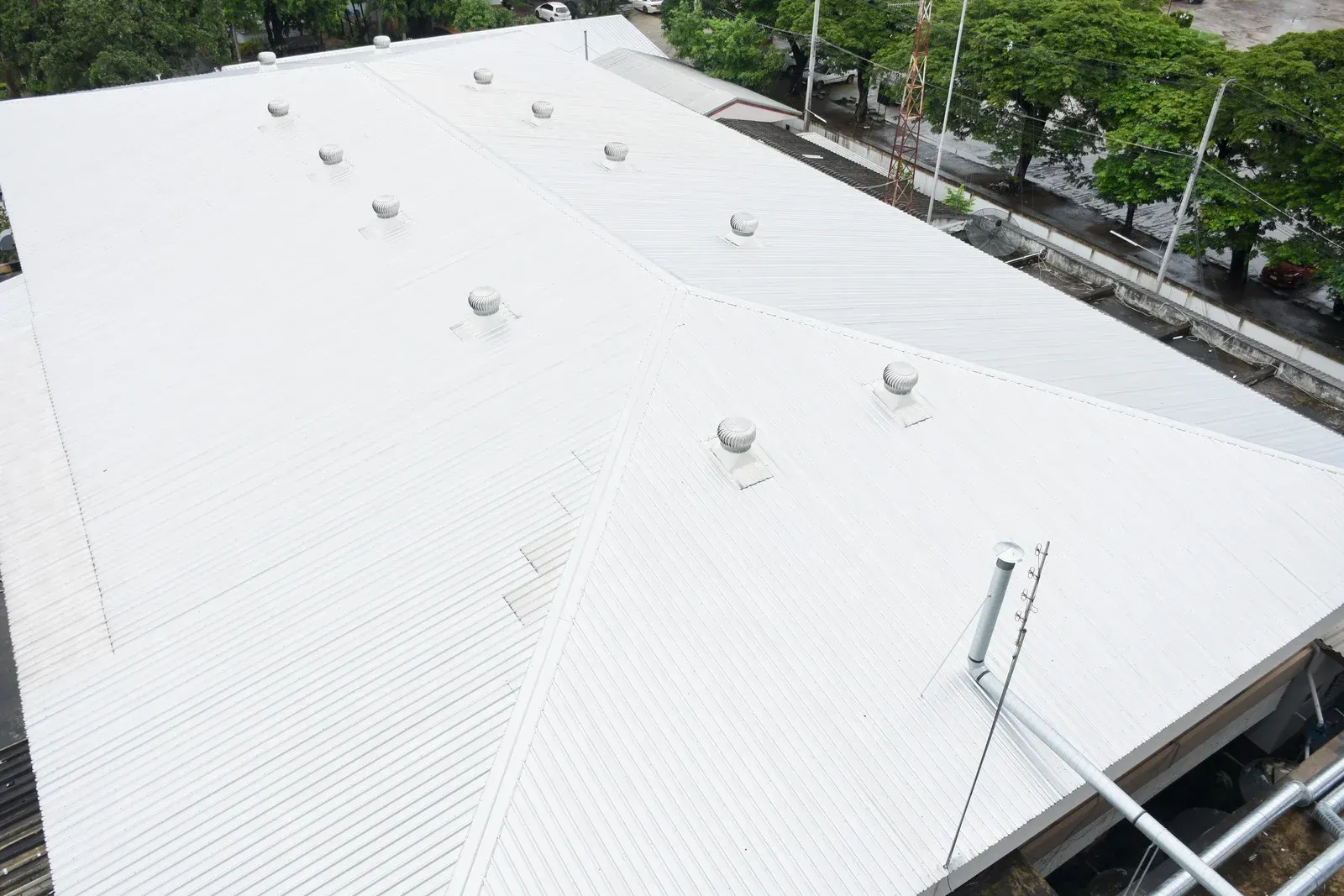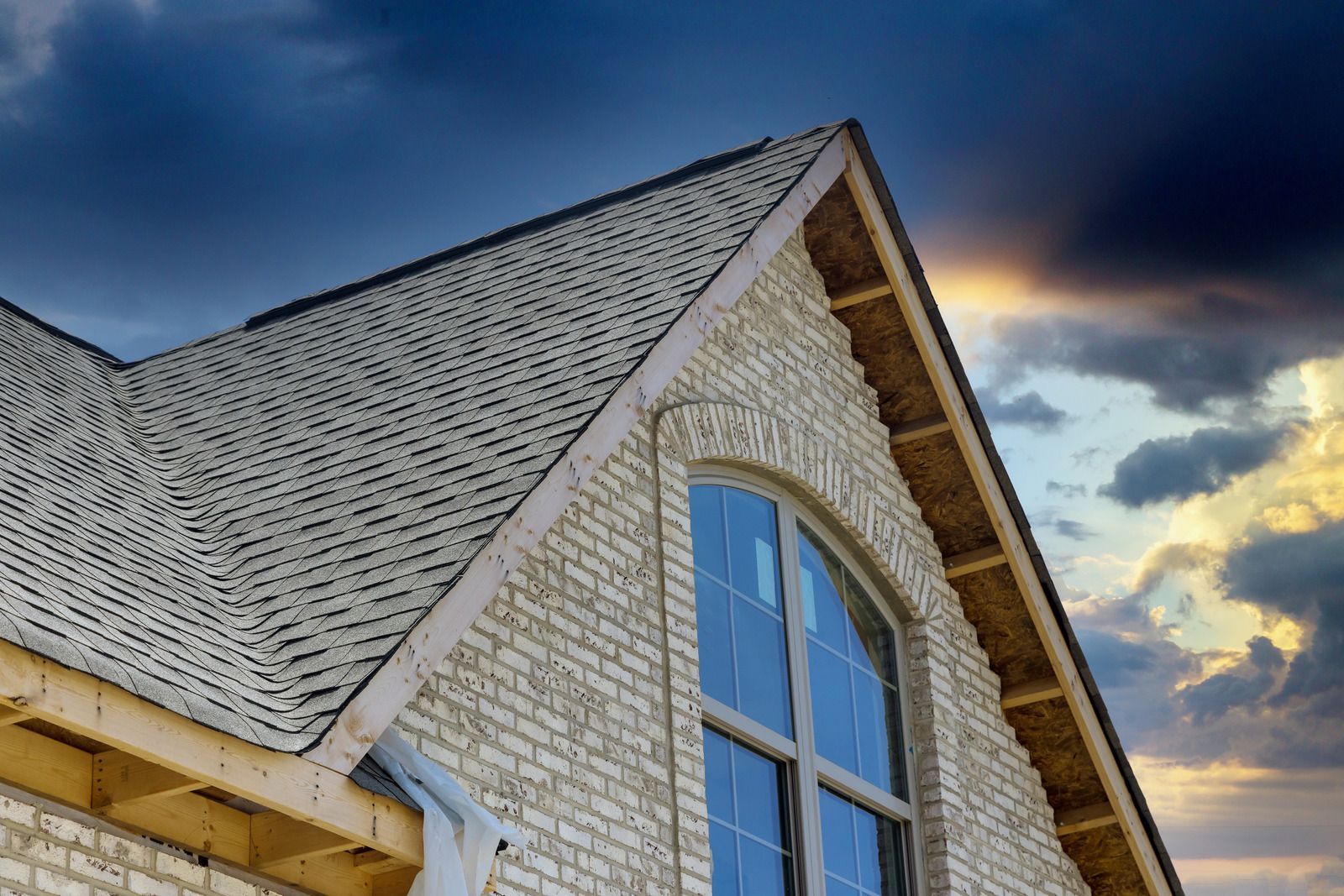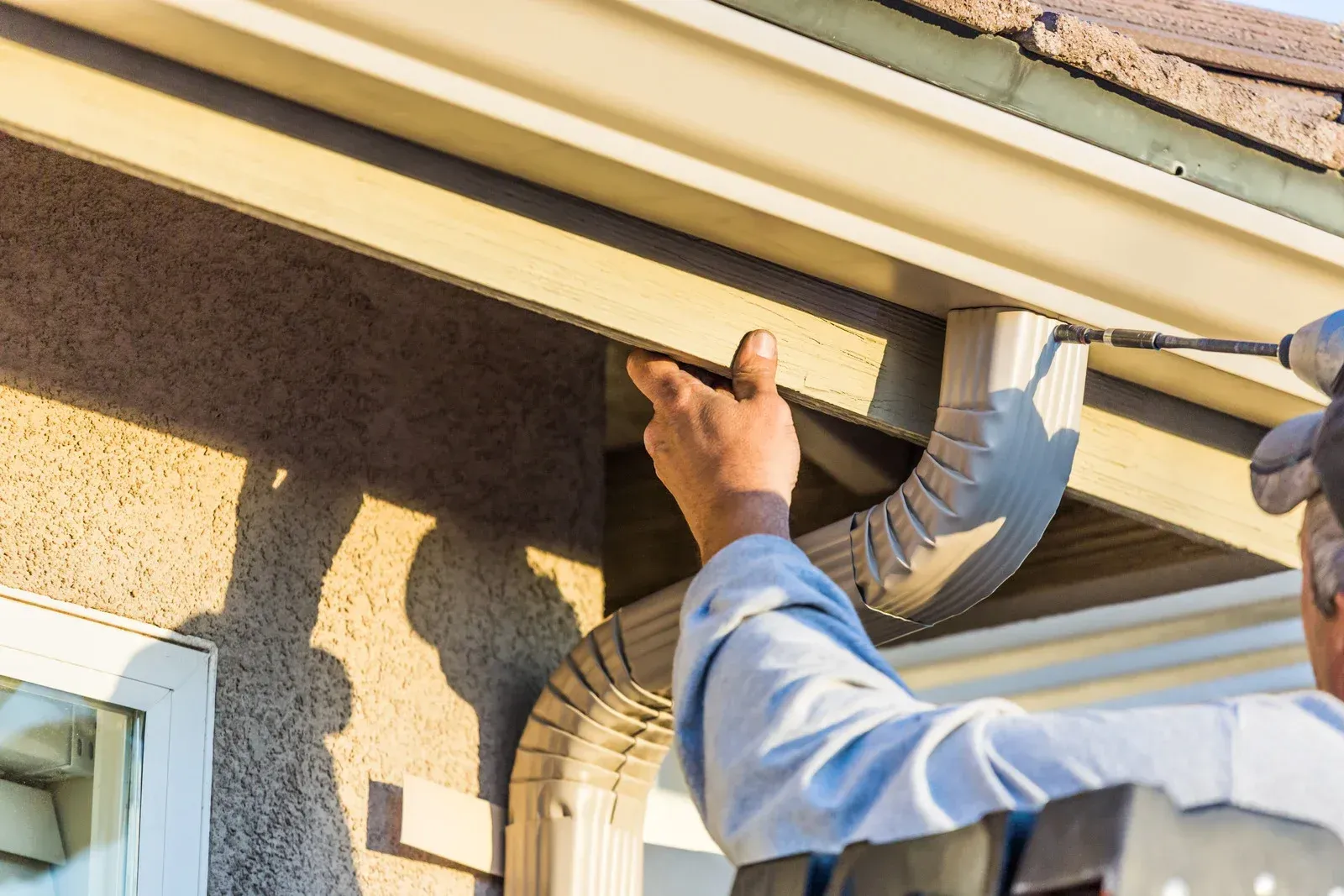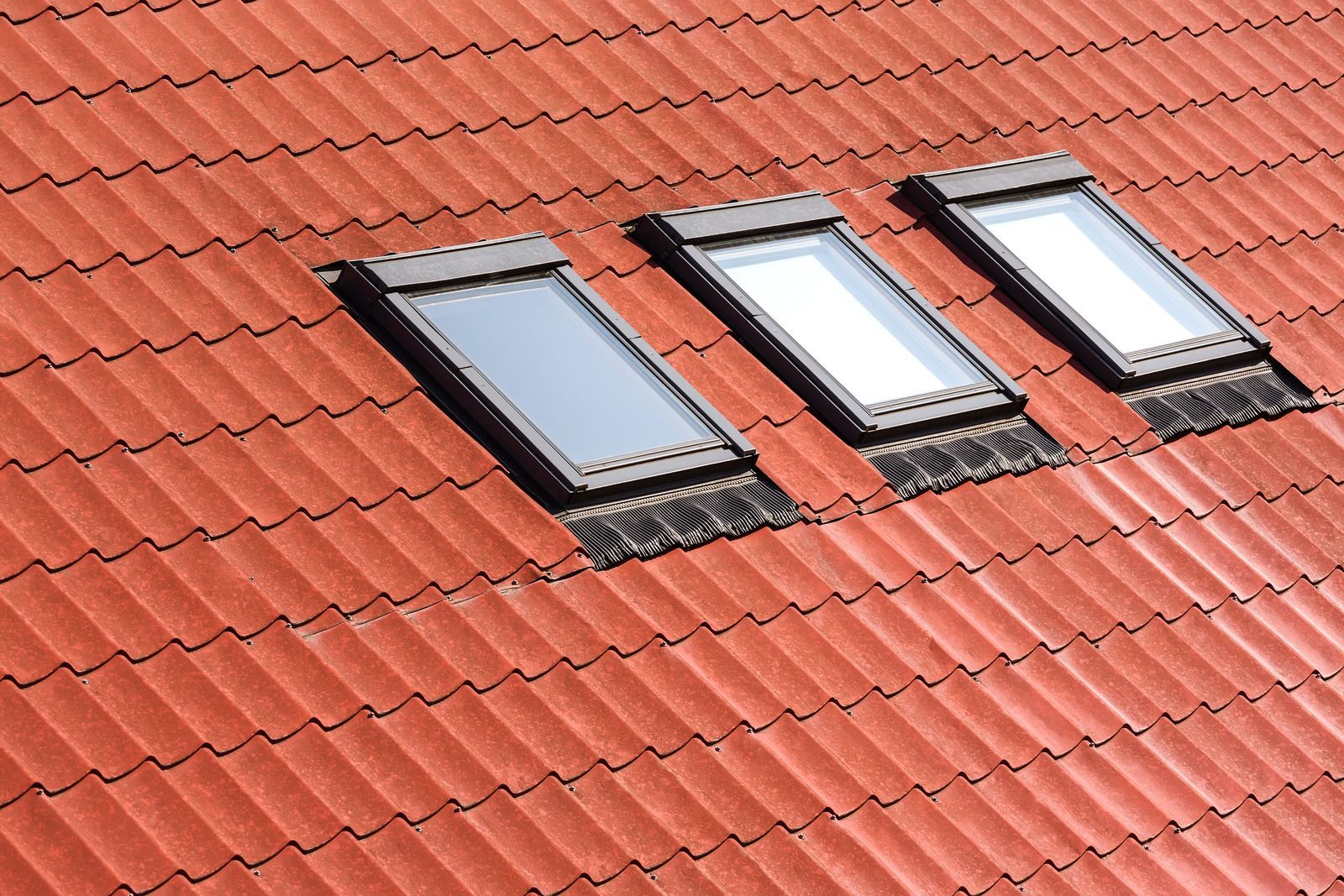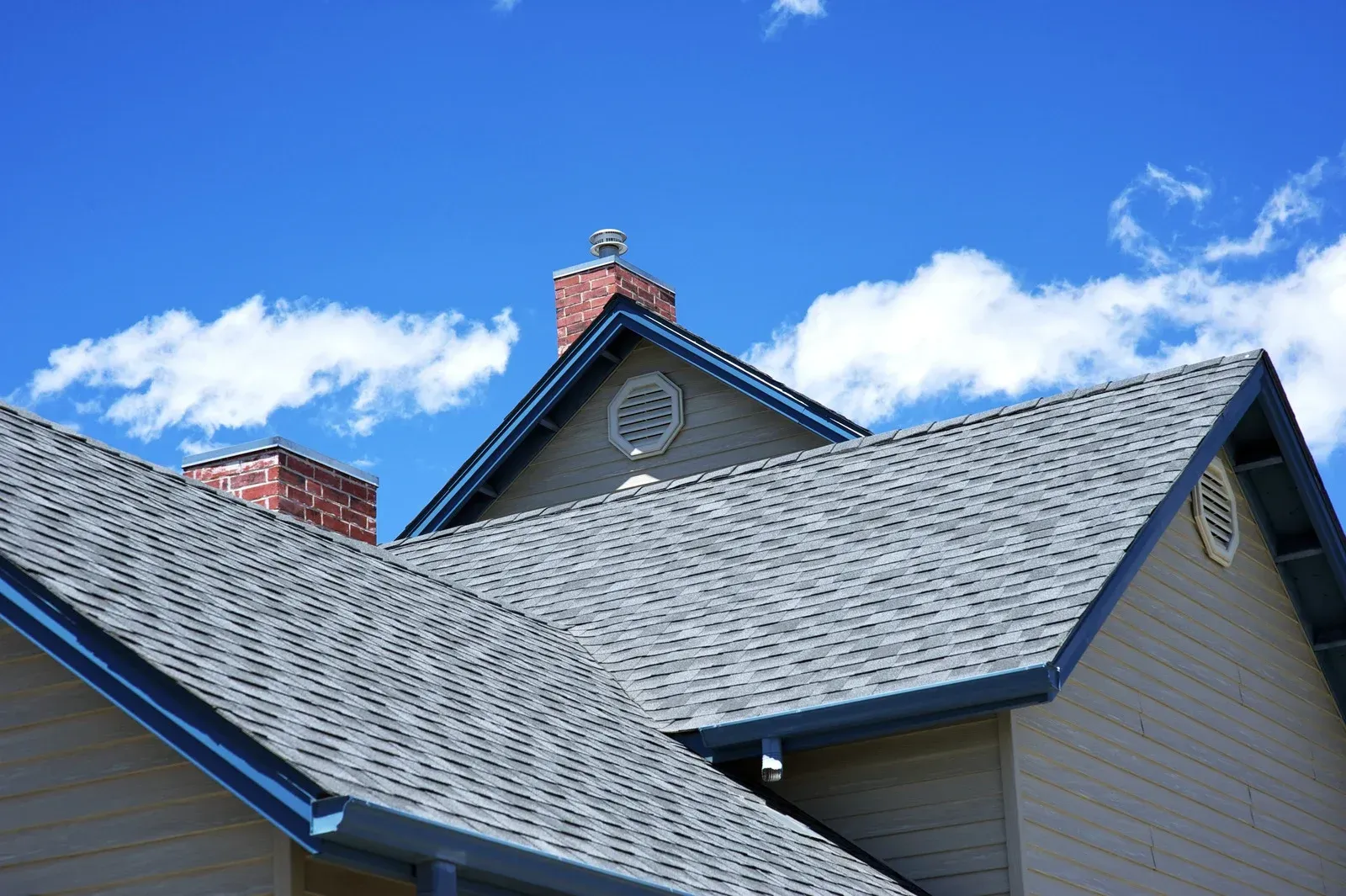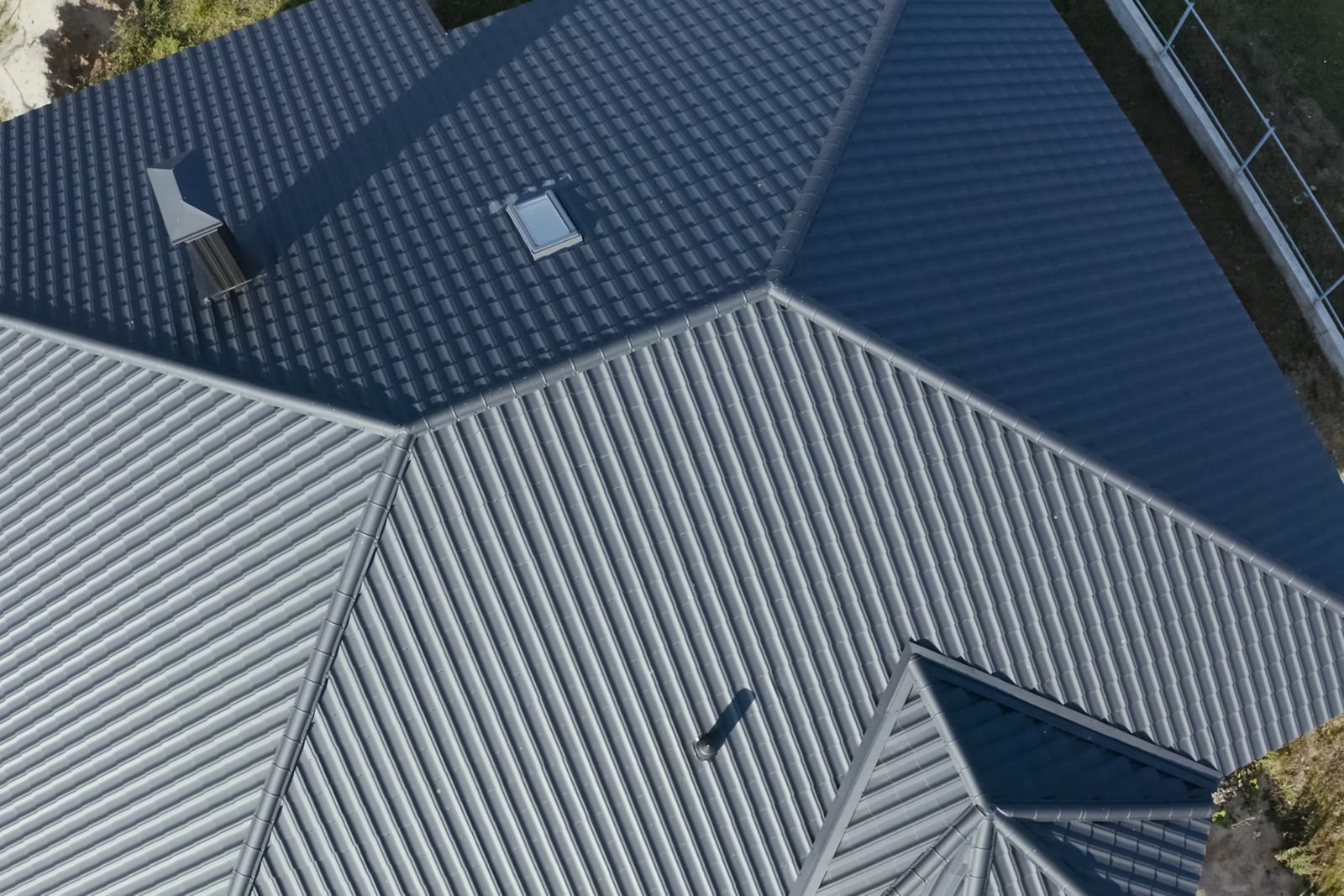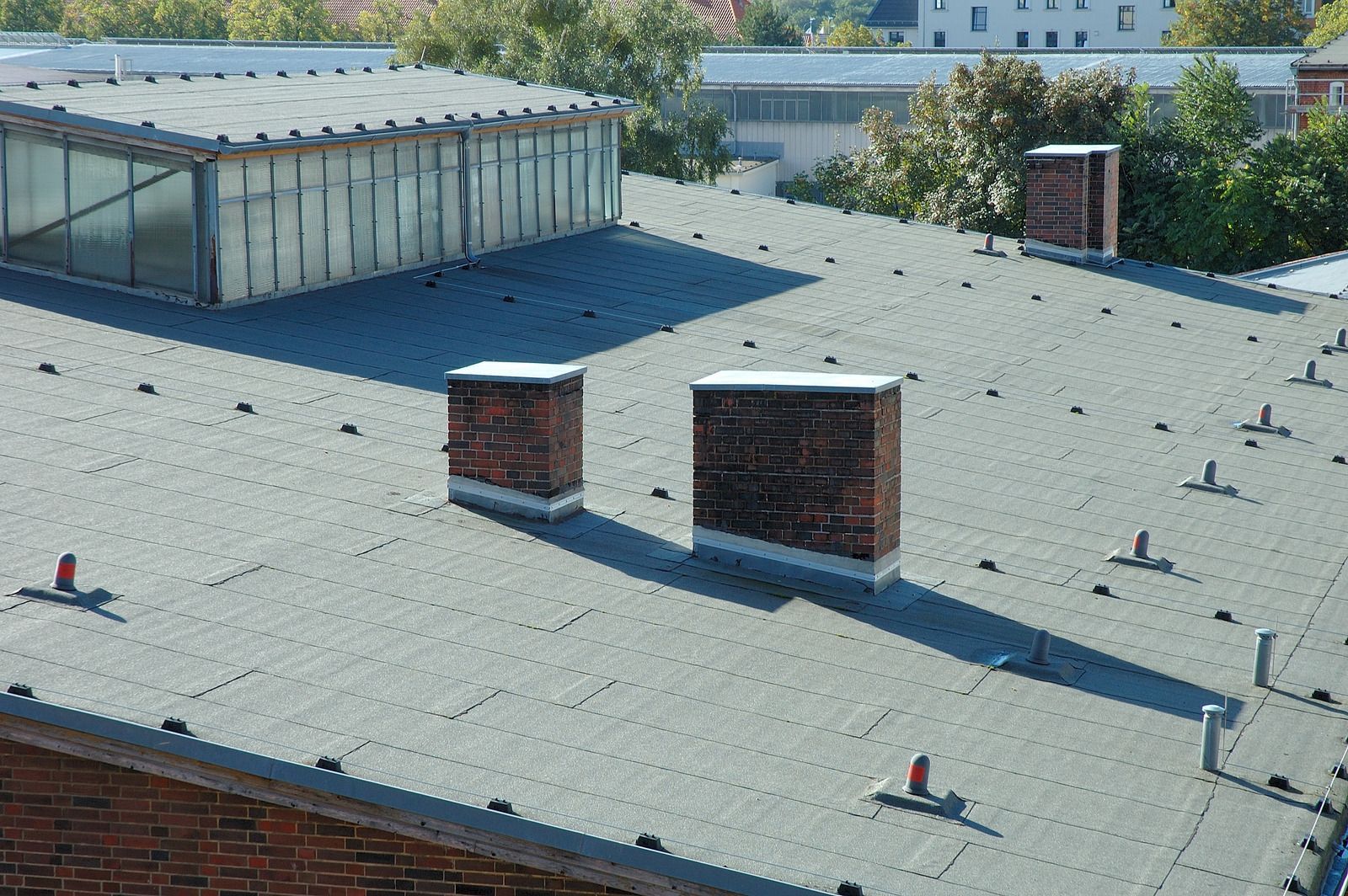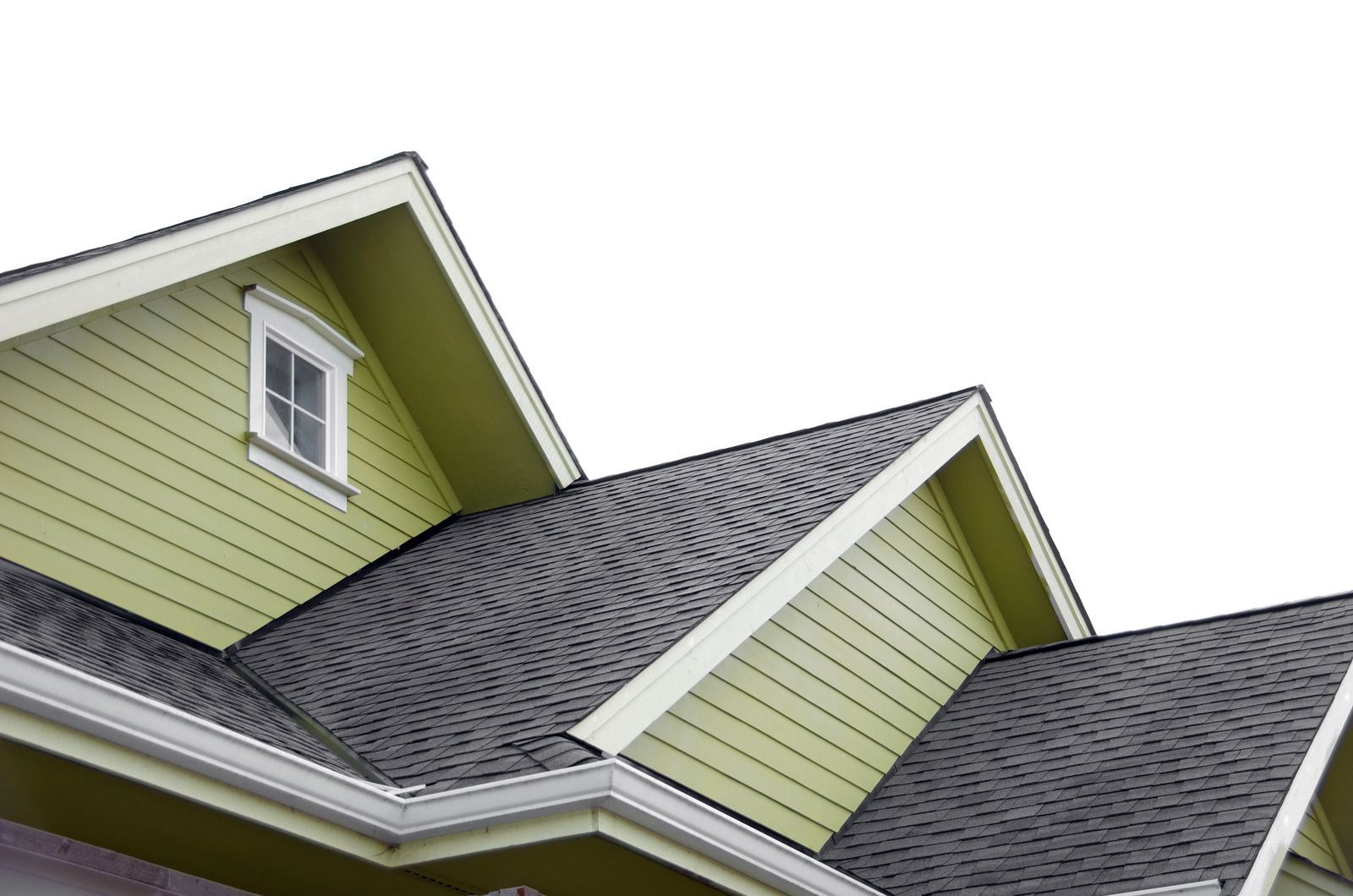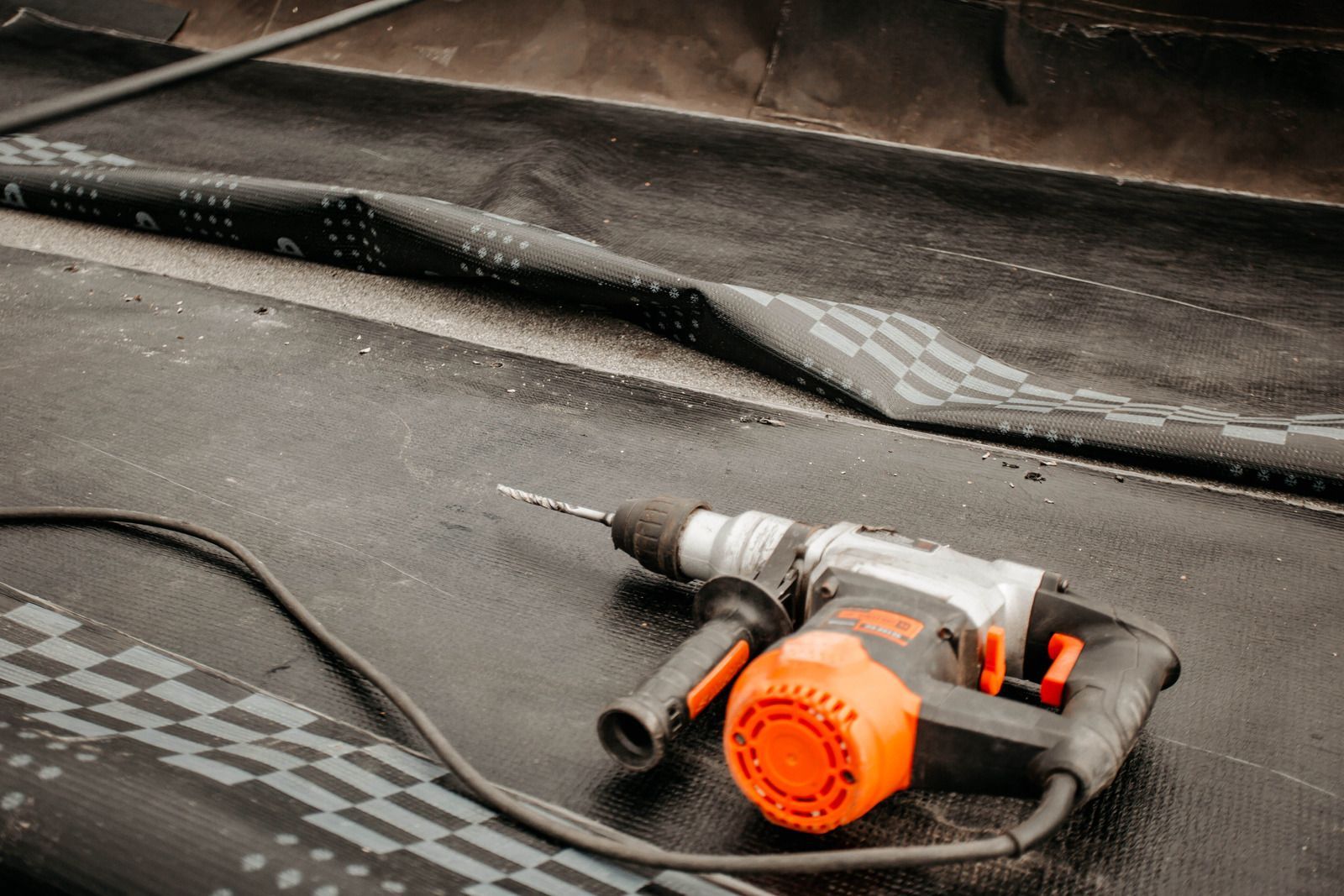How to protect roofing system from storms and other natural calamity
Mother Nature, while often serene, can be unpredictable and sometimes devastating. Our homes, specifically our roofs, are vulnerable from severe storms to other natural calamities. A resilient roofing system is crucial in safeguarding our homes. Here's how to ensure your roof is well-prepared to withstand nature's challenges
1. Regular Roof Inspections
- Spot Potential Weaknesses: Annual or bi-annual inspections can identify wear and tear or potential vulnerabilities.
- Tip: Preferably, have inspections before storm seasons begin.
- Professional Assessment: While DIY checks are beneficial, hiring a professional ensures an in-depth evaluation.
2. Clean Gutters and Downspouts
- Prevent Blockages: Clogged gutters can cause water to pool, leading to potential leaks or structural damage.
- Tip: Clean your gutters at least twice a year, especially after the fall when leaves may block them.
3. Trim Overhanging Trees
- Avoid Damage from Falling Branches: Trees with overhanging branches can pose a threat during storms.
- Tip: Regularly trim tree limbs and branches that might fall onto your roof.
4. Secure Roof Shingles and Tiles
- Ensure No Loose Ends: Loose or missing shingles and tiles are vulnerable during storms and can let water in.
- Tip: Use roofing cement or special nails to secure any loose shingles or tiles.
5. Strengthen Roof Materials
- Upgrade When Needed: Older roofs or those with subpar materials are more susceptible to damage. Consider upgrading to storm-resistant roofing materials.
- Tip: Look for roofing products rated for high wind and hail resistance.
6. Install a Roof Anchor System
- Extra Layer of Security: A roof anchor system adds extra protection by securely holding the roof trusses and framework.
- Tip: Ensure professionals do the installation for maximum effectiveness.
7. Ensure Proper Roof Ventilation
- Balance Temperature and Humidity: Proper ventilation prevents condensation, mold growth, and wood rot—all of which can weaken the roof.
- Tip: Install ridge and soffit vents for a balanced ventilation system.
8. Install a Roofing Underlayment
- Secondary Water Barrier: This is a water-resistant layer installed under the main roofing material. It provides an extra barrier against water penetration.
- Tip: Opt for synthetic underlayment, which is more resistant to water and tearing than traditional felt.
9. Keep an Emergency Repair Kit
- Quick Fixes Post-Storm: Having tarps, roofing tape, and a few basic tools on hand can help manage minor damage until professional repairs are done.
- Tip: Always prioritize safety. If the damage is extensive, wait for professionals rather than trying DIY fixes.
10. Regularly Check Roof Flashing
- Prevent Water Entry: Flashing directs water away from critical areas like chimneys, vents, and roof joints. Ensure they are intact and properly sealed.
- Tip: Use a high-quality sealant and check the flashing after severe weather.
Our homes are sanctuaries, and the roof is the first defense against nature's elements. By being proactive and investing in preventive measures, homeowners can significantly reduce the risks of storms and other natural calamities. Remember, it's not just about immediate protection but also about ensuring the longevity of your roofing system and, by extension, the safety and well-being of your home and loved ones. With the steps outlined above, you'll be well on your way to having a tall roof against whatever Mother Nature throws its way.

